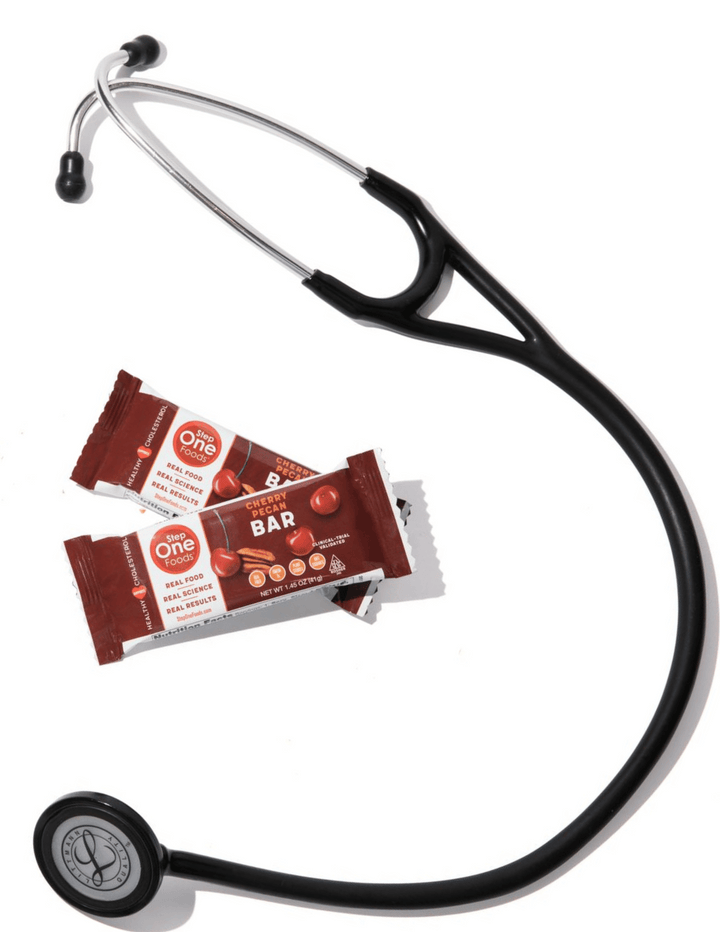Waist Circumference and Heart Health: What You Need to Know

Overweight and obesity. No one likes to talk about it. No one wants to have it. But we simply can’t ignore it: truth is that excess weight is a significant, modifiable risk factor for heart disease.
Weight alone, of course, doesn’t tell us everything we need to know about your heath risk. It’s obvious to anyone that my husband, who is over 6 feet tall, should weigh much more than me, at 5 feet and 4 inches (on a good day).
BMI, or Body Mass Index, takes both weight and height into account. But it’s still far from perfect. Athletes that have worked hard to build a muscular physique and have a lot of lean body mass, for example, often have BMIs that falsely indicate they are overweight, even obese. And there are other problems with BMI. The formula was created about 200 years ago based on European white men. Meanwhile, body fat varies based on gender, race and ethnicity. This is why in my own practice, I look at BMI as a useful starting point, but I typically don’t use it as the sole determinant of whether someone has a weight issue.
Which brings us to waist circumference. It is easily measured without fancy equipment or complex calculations. Just place a flexible measuring tape around your middle at the level of your belly button and note the result in inches. Turns out this one simple assessment can tell us a lot about your health and, if abnormal, serves as a big warning sign of problems to come. According to the Centers for Disease Control and Prevention, a man whose waist circumference is 40 or more inches is at higher risk of obesity-related conditions. The same is true for a non-pregnant woman whose waist circumference is 35 inches or more.
Waist circumference is a useful data point because it’s a measure of fat distribution. Fat around the middle - as signaled by a higher waist circumference - is called visceral fat and it’s this fat type that has been linked to various health issues, including cardiovascular disease. Visceral fat, as it turns out, is much more than a cosmetic nuisance.
The Waist-Heart Connection
- Visceral Fat and Inflammation: Visceral fat is not just a passive energy storage site; it actively releases inflammatory substances into the bloodstream. And heart disease – just like cancer and dementia – is driven in part by inflammation, making an elevated waist circumference a sign of cardiovascular vulnerability.
- Visceral Fat and Insulin Resistance: Visceral fat encourages insulin resistance, meaning that for any elevation in blood sugar, your body will need to pump out more and more insulin for that sugar to be removed from your bloodstream. Keep this going long enough and eventually your pancreas won’t be able to keep up. Welcome to type 2 diabetes, one of the most powerful risk factors for developing heart disease.
- Visceral Fat and Cell Signaling: Visceral fat is metabolically alive and releases compounds known as adipokines that affect such things as satiety, blood pressure, cholesterol levels and even endothelial function. And you already know that combining high blood pressure, high cholesterol and a vulnerable endothelium can lead to not only plaque buildup, but also out of the blue events like heart attacks and strokes.
No question that all sounds bad. And it is. Which is why we can’t ignore excess weight, and especially weight around our middles. But I will tell you that I’m not a fan of massive dietary changes or programs that promise to have you lose extraordinary amounts of weight in a short period of time. Over the long haul, these approaches almost always fail. I’m also not about reflexively turning to drugs like Ozempic. They have their place, but medications don’t address the reason someone is overweight in the first place.
What I’m all about is small, sustained changes – because they’re the most likely to stick. Bottom line, if your waist circumference is high, what you’re doing now isn’t working. Which means you need to find something that works better – and not just for a few weeks.
Step One Foods is a great place to get started. Our foods are nutritionally dense but don’t pack a calorie punch. In fact, if you just trade out the plain bagel you typically have at breakfast for a serving of Step One’s Blueberry Cinnamon Oatmeal, not only will you gain 5 grams of fiber, 1 gram of omega-3 fatty acids, 1 gram of plant sterols and a boatload of antioxidants, you’ll also avoid 450 mg of sodium — and about 100 extra calories. Make that one switch every day and over the course of a year, without doing ANYTHING else, based on that small sustained calorie deficit you’ll be 10 pounds lighter.
Imagine what health benefits could come from switching two items out!
We regularly hear from customers who began with Step One and slowly layered on other healthful behaviors to attain remarkable, sustainable health improvements. You can too! Just take step one.

Tested & Proven Results.
- Cardiologist formulated
- Supported by over 500 publications
- Clinically-proven, in a double-blind randomized trial with Mayo Clinic and The University of Manitoba
80% of participants lowered their cholesterol in just 30 days. With just two servings per day, Step One Foods offers a proven-effective way to naturally lower LDL (bad) cholesterol.
Get heart health tips and articles like this, delivered right to your email.
New articles every week.
You may also like...

Insulin Resistance, Prediabetes and Type 2 Diabetes. Part 4: Un-Doing It.

You don’t need to avoid foods with cholesterol…except for these



